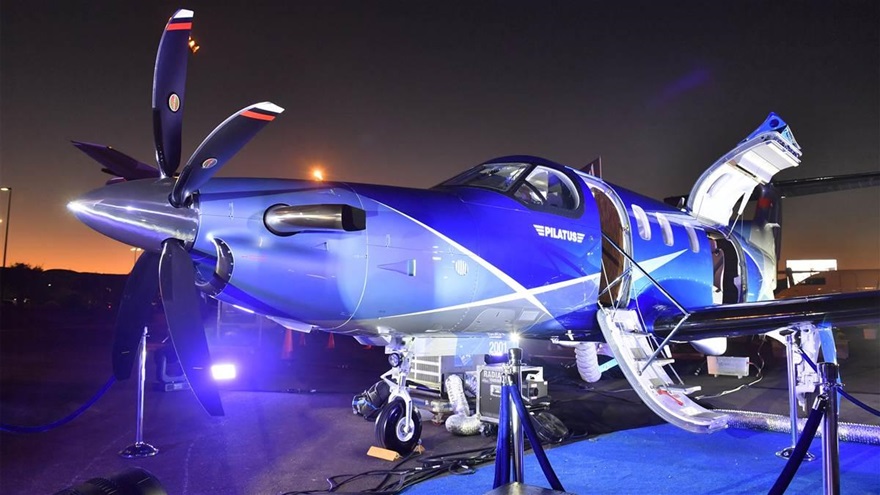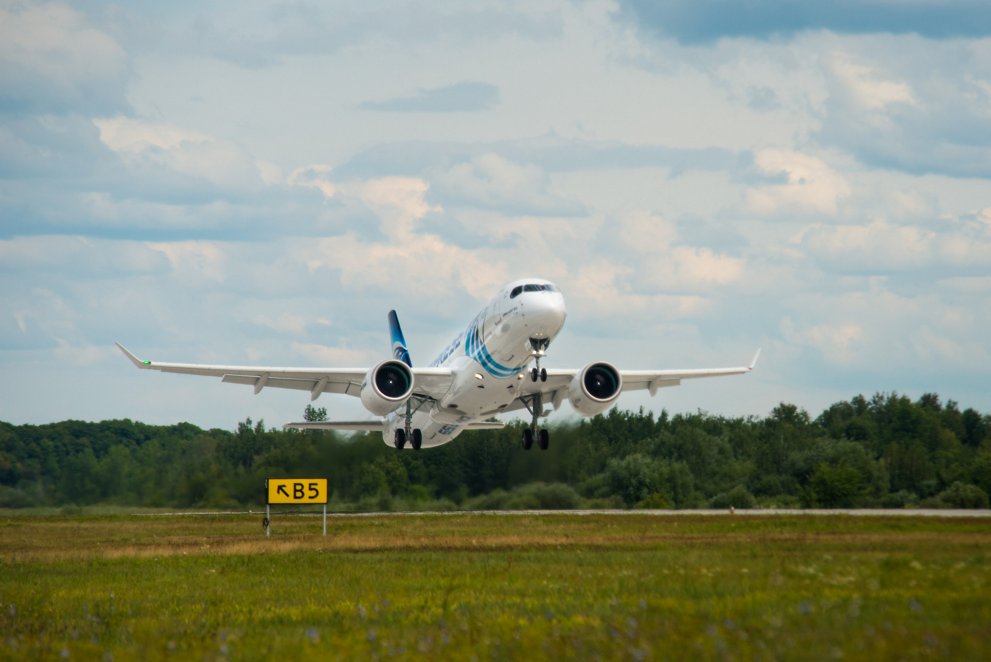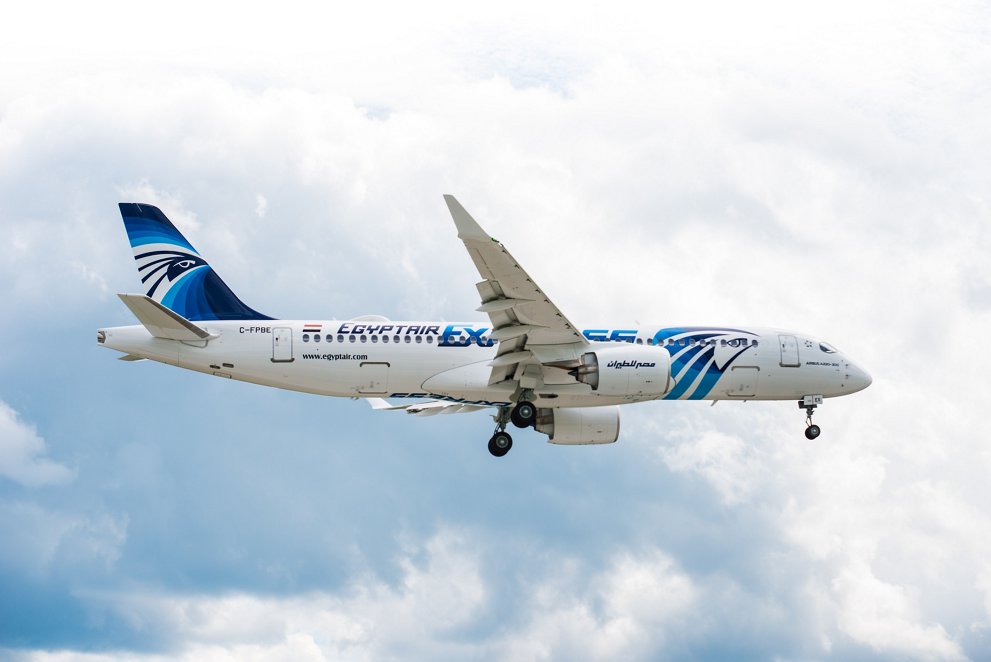
A day after unveiling the new PC-12 NGX single-engine turboprop aircraft at the National Business Aviation Association’s annual Convention and Exhibition (NBAA-BACE), Pilatus reports very strong demand for the new aircraft across the global Authorised Pilatus Sales Centre network.
Based on the PC-12 airframe, of which more than 1,700 aircraft have been delivered, Pilatus introduces the third major evolution of the aircraft, named the PC-12 NGX. Markus Bucher, CEO of Pilatus, revealed the new aircraft at a ceremony on Monday evening. More than 200 guests were on hand for the aircraft’s public debut.
First customers of brand-new PC-12 NGX
On the first public day of NBAA-BACE, three customers were eager to be first in line to purchase the new advanced version of the PC-12.
Australian born Dion Weisler, President and CEO of HP, is the first owner to upgrade from his PC-12 NG to the new NGX. Dion Weisler said: “As an existing, proud and active owner-pilot of a 2017 PC-12 NG, I am amazed by the substantial innovation improvements in what I thought was an impossible aircraft to improve on. I am thrilled to be customer number one for the new PC-12 NGX. Pilatus has done it again – reimagined aviation and taken an already perfect aircraft and magically redefined perfection.”
The first US customer of the new PC-12 NGX is Shon Boney, Co-Founder of Sprouts Farmers Markets, an American supermarket chain. The new PC-12 NGX will actually be Shon Boney’s fourth PC-12.
João Carlos Marinho Lutz will be the first Brazilian customer to take delivery of the new PC-12 NGX. Currently flying a non-pressurised turboprop, he chose the new Pilatus aircraft, because “only the PC-12 NGX can reach farms in remote places where I need to go and amazing destinations in Brazil with comfort, speed and efficiency.”
The new PC-12 NGX is already certified
The PC-12 NGX features a completely new BMW Designworks interior, larger cabin windows inspired by the PC-24 and fully reclining executive seats. The new Pratt & Whitney Canada PT6 E-SeriesTM engine comes with the Electronic Propeller and Engine Control. A fully integrated digital autothrottle and new avionics features by Honeywell, including a touch screen controller, emergency descent mode, tactile roll feedback and protection, and a low speed propeller quiet mode are just some of the features of the new cockpit environment.
The PC-12 NGX prototype first flew in December 2017. More than 600 hours of testing and certification flying were accumulated in Europe, USA and Canada as Pilatus quietly developed the new aircraft. The PC-12 NGX received certification just one week ago on Monday, 14 October 2019.
Pilatus will begin customer deliveries of the new PC-12 NGX early in the second quarter of 2020. The first production PC-12 NGX with serial number 2001 is present on the static display of Pilatus throughout the NBAA-BACE. Contact Pilatus or your nearest Authorised Pilatus Centre for aircraft availability.














